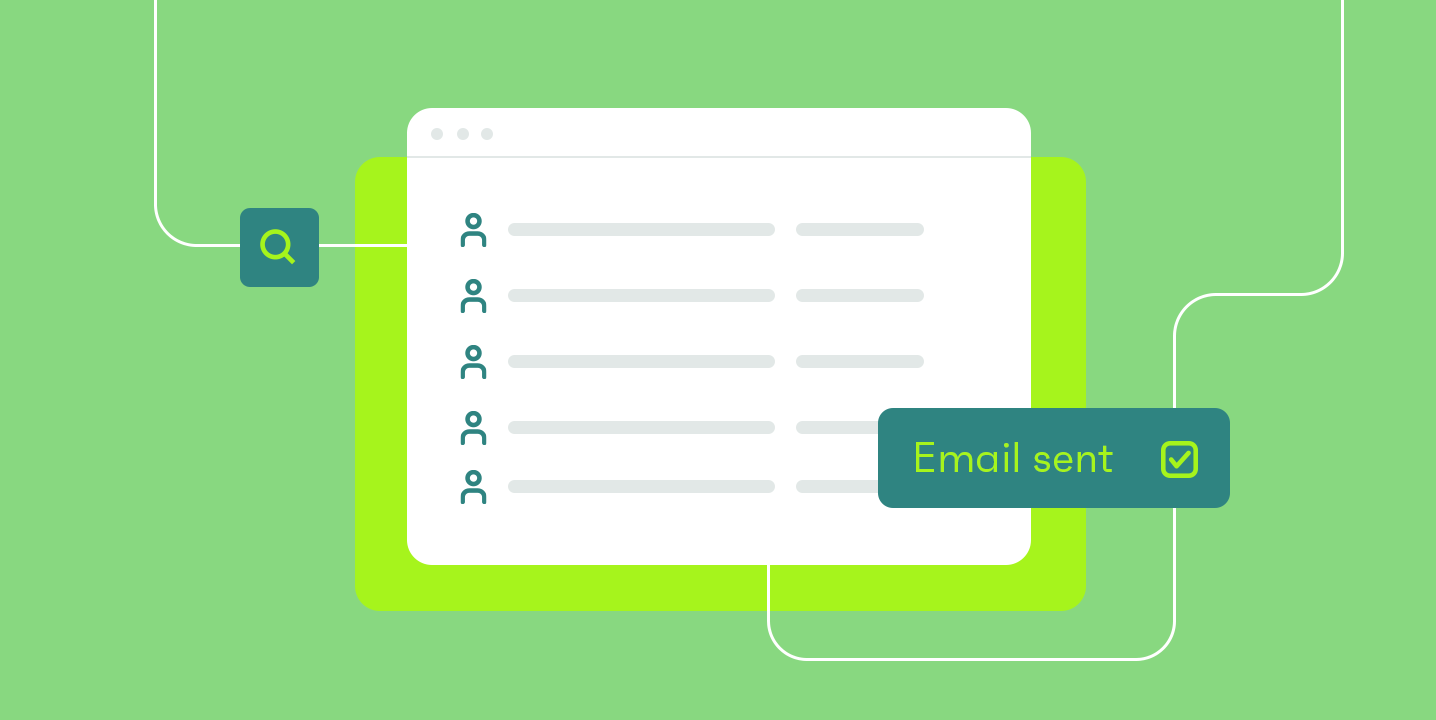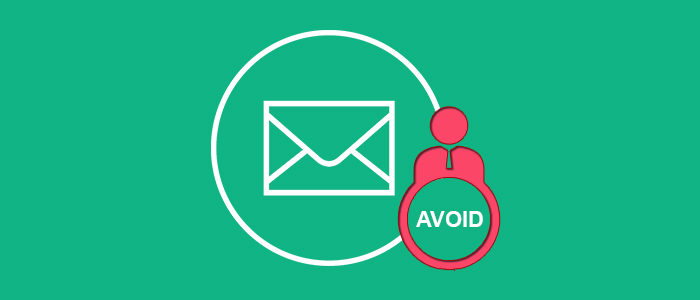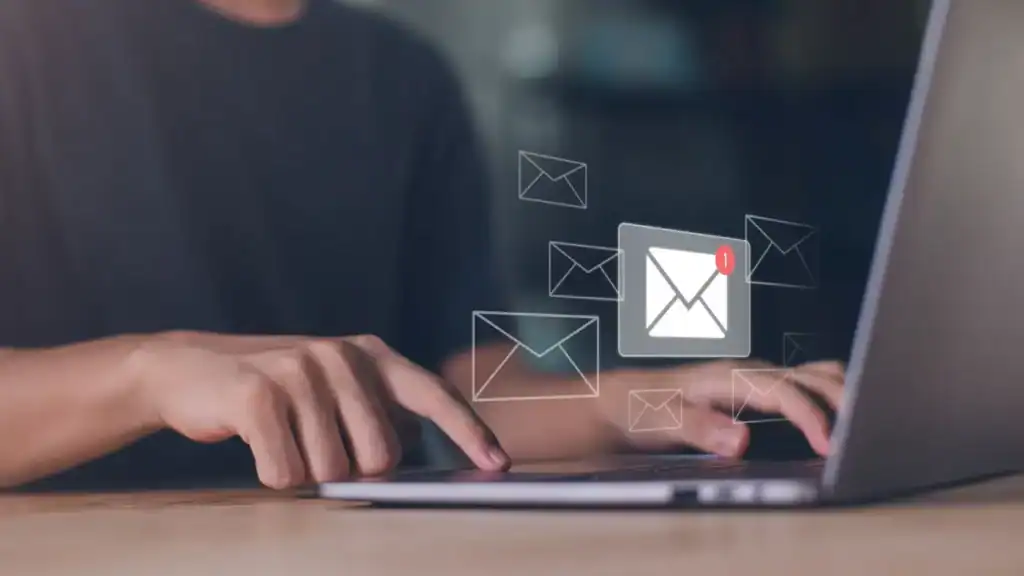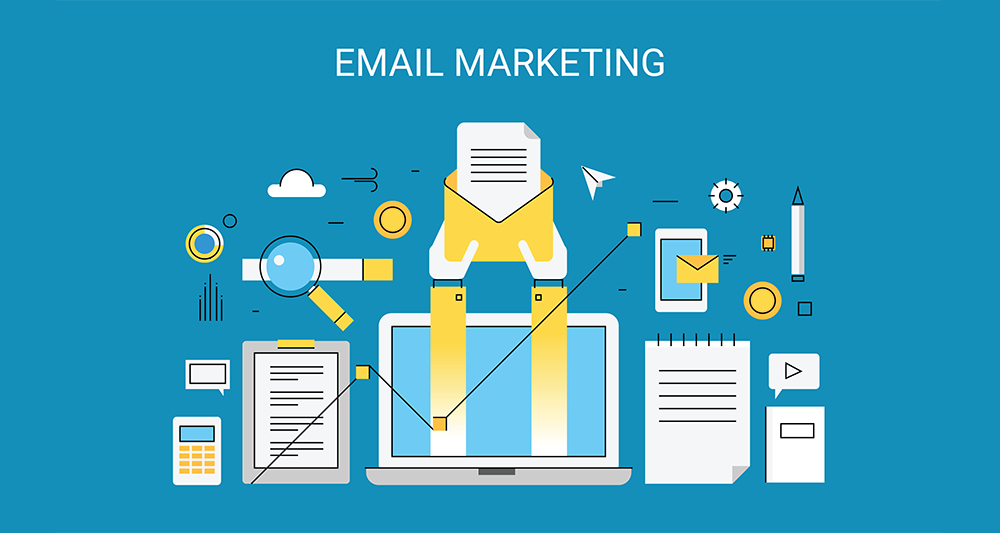What Is Referral Marketing?
Referral marketing is when existing customers recommend your product or service to their friends, who then go on to make a purchase.
While it includes traditional word-of-mouth, today’s referral marketing also involves automated systems that eliminate the need for personal interaction.
These tools can greatly scale your lead generation and customer acquisition efforts—often at a lower cost than traditional methods. Many successful companies owe their early growth to a strong referral program.
Why Use Referral Marketing?
Referral marketing is powerful when executed well. A single tweak in your post-purchase messaging can lead to a 53% increase in referrals.
Data shows:
- 59% of businesses with referral programs report higher customer lifetime value
- 71% see better conversion rates
- 69% experience faster deal closure
- Brands with referral systems double their lead volume in one year
If you’re looking to grow efficiently, a referral program is one of the best tools in your marketing playbook.
Types of Referral Programs (With Examples)
1. Instant Reward Programs: Single- and Double-Sided
These are the most common types. Double-sided programs reward both the referrer and the referred. Single-sided programs only reward the new customer.
Popular rewards:
- Dollar credits (most favored)
- Gift cards, discounts, free subscriptions, or points
Examples:
- Lyft: $5 ride credit for both users
- Givebutter: $100 cash for referrals that raise $1,000
- Casper: $75 Amazon gift card + 15% off for new customers
- Willful: $10 gift card for referrer, $20 off for friend
- ASOS: 15% off for both parties
These rewards can be offered through personalized links that users share on social platforms, driving traffic without additional ad spend.
2. Goal-Based or Milestone Referral Programs
These systems reward users after they hit certain referral milestones.
Examples:
- Discord: Leaderboard rewards and free access in early days
- Uptick: Offers branded swag for every 5 referrals
- Morning Brew: Reached 2.5M subscribers using milestone rewards
- Zenefits: Tiered cash rewards based on referred firm size
Milestone systems help you gamify referrals and reward deeper engagement.
3. Waitlist-Based Referral Systems
These offer early access to products or services in exchange for referrals.
Examples:
- Birchbox: Initial invite-only beta grew to 3,000+ waitlist users
- What’s Next: Shows user’s position in queue; more referrals mean faster access
This technique is highly effective when launching a new service or app.
4. Contests and Giveaways
These often target B2C brands and reward customers who refer the most friends within a limited timeframe.
Examples:
- Bluebird Orthodontics: $500 prize for referring at least one person
- FruitGuys: $100 winner prize + $10 for referred friend
- Bhu Foods: 3 months of free products as referral incentive
- Samsung: Giveaway for Galaxy Tab A8 + 8% off for referred friends
Contests work especially well on social media and email, giving users a strong incentive to spread the word quickly.
Key Takeaways
Referral marketing is a highly cost-effective way to attract loyal customers. It works across industries—whether you’re in tech, retail, finance, or healthcare.
Because people trust recommendations from friends and family far more than ads, a well-structured referral program can fuel organic, sustainable growth.
To get started:
- Choose the referral structure that aligns with your business goals
- Offer relevant and valuable rewards
- Make the process easy for users
- Promote the program consistently via your website, emails, and social platforms
Even small incentives can make a big difference—when delivered with the right timing and message.




